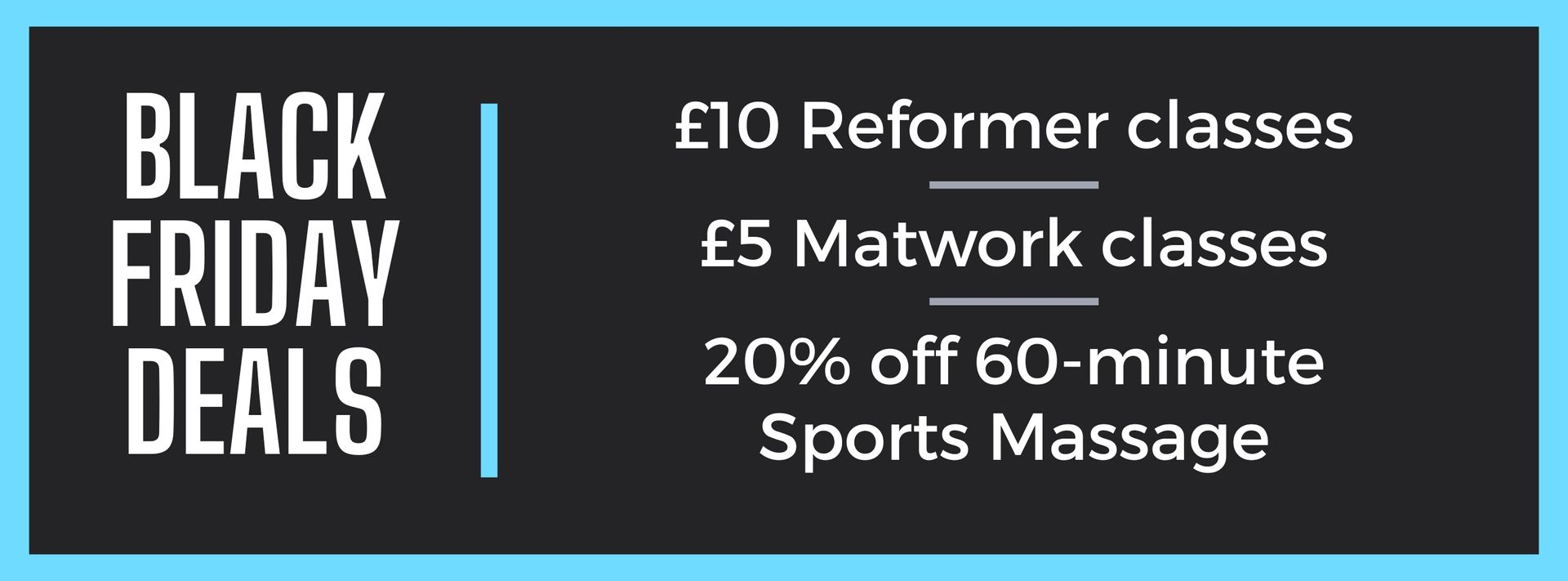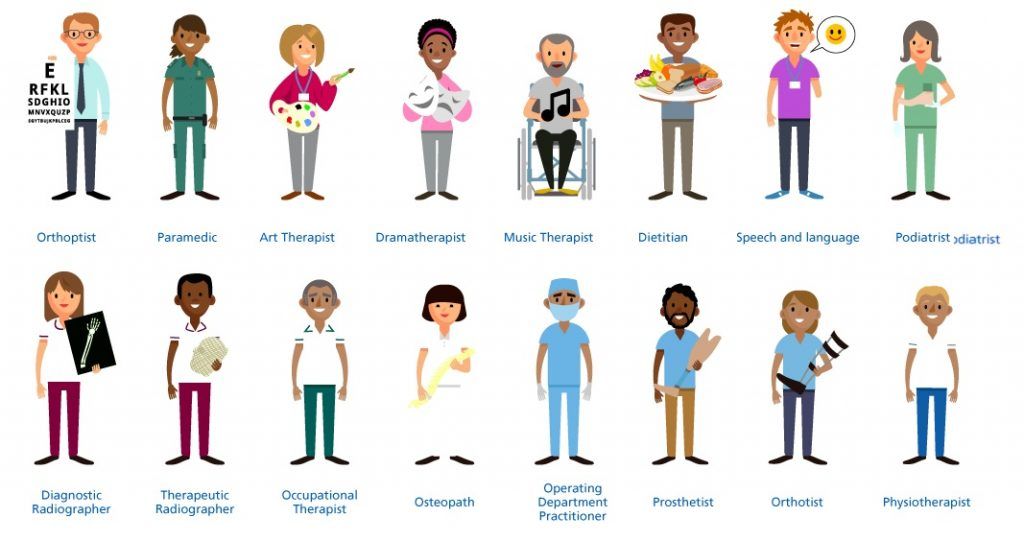Pilates for Beginners
What is Pilates?
Pilates is a form of low impact exercises that is aimed at increasing mobility and movement. Pilates is massively involved with breathing techniques and stretches of the body. Lots of core engagement is required for pilates as most exercises and movements consist of core strengthening. Compared with yoga, pilates consists of quicker and more difficult stretches with the class being aimed as an exercise session whereas yoga is more about being one with your mind and body. Furthermore, pilates is less spiritually engaging.
Pilates is a great form of physical exercise that can be done on its own or paired with another physical workout, in doing this you can almost use the pilates class as a warm up as it loosens up your body and stretches you out.
Pilates has been around for nearly 100 years so it is a tried and true method to be sure to help you with mobility and other body movements.
Who is Pilates for?
Pilates is an all age friendly form of exercise. Anyone and everyone should give Pilates a go at least once as you don't know if you haven't tried. Pilates is aimed at someone who would like to increase their body strength and someone who is trying to relieve physical pain. Here at HTH we have many types of people who come into our pilates classes, from Office workers to active gym goers.
This style of exercise is great to be paired with healthy eating as it promotes muscle growth and reduces body fat.
Pilates helps with posture, as most of the techniques used in pilates are based on core strength, they can also benefit your posture. In doing so, this can lead to a relief in back / neck pain. If you are struggling with some niggles in your spine / back then pilates can be a great way to resolve those issues.
What's the difference between Pilates and Yoga?
Yoga is highly focused on relaxation and being at one with yourself. In addition, the movements flow much more
in yoga, one movement flows straight into the next whereas pilates is quite different as each exercise can be much different to the last or be very similar, it all depends on the day. Yoga is very spiritual and a form of meditation unlike pilates which is aimed at being primarily a exercise class to increase your core and entire body strength.
Conclusion
If you fancy taking up a new hobby / way to get fit, and you don't like gyms, this is for you. We run 7 pilates classes from Monday - Friday every week. We have included a pilates timetable below. Each pilates class is 50 minutes in length so you get more than enough time each the session.
Each class can fit up to 6 people with the current COVID situation, but after this has all blown over (hopefully 19th July) we can have up to 12 people in each session.




